Virtual Volterra Gallery: Photos of Ancient Tuscany Town
Italian history

An international team of experts from the fields of architecture, surveying and engineering are recording archaeological and cultural sites in the ancient mountaintop city of Volterra, in the Tuscany region of central Italy.The city has been continually occupied for more than 3000 years, from at least the Iron-age Villanova period before the 8th Century B.C.
2,000 years
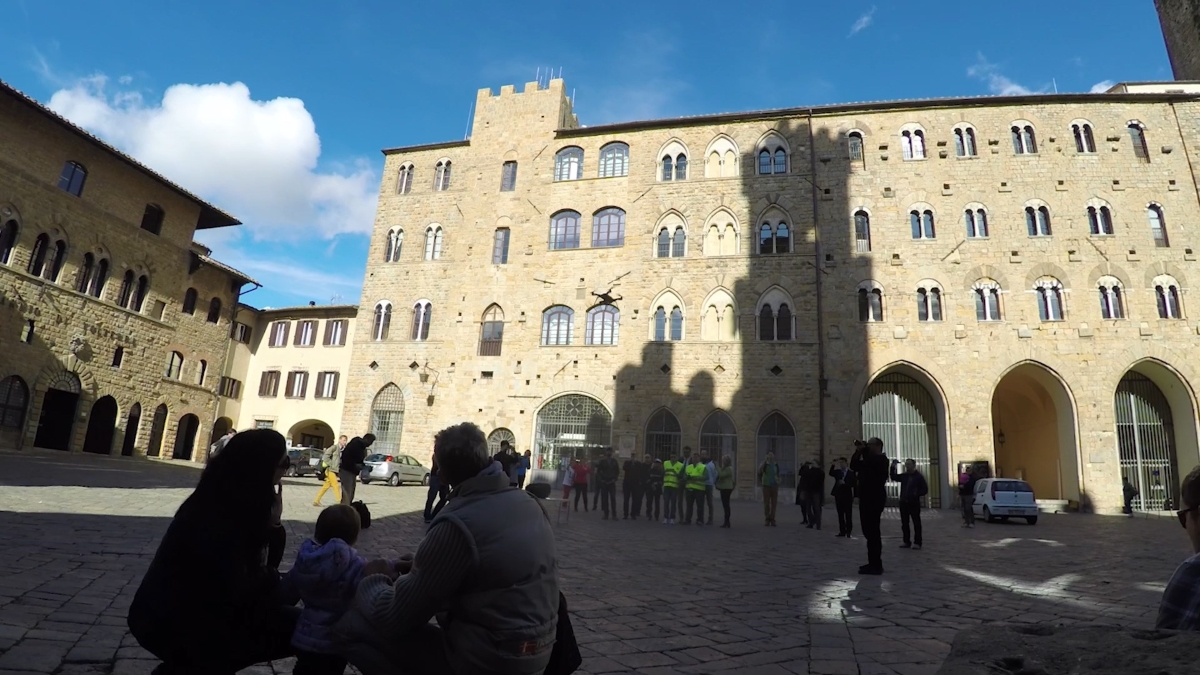
The city now holds archaeological sites and architectural treasures that span more than 20 centuries, from the early Etruscan and Roman eras to the Medieval period, when Volterra was distinguished as the residence of a Christian bishop and many of the fine stone buildings that stand today were constructed.
Roman influence
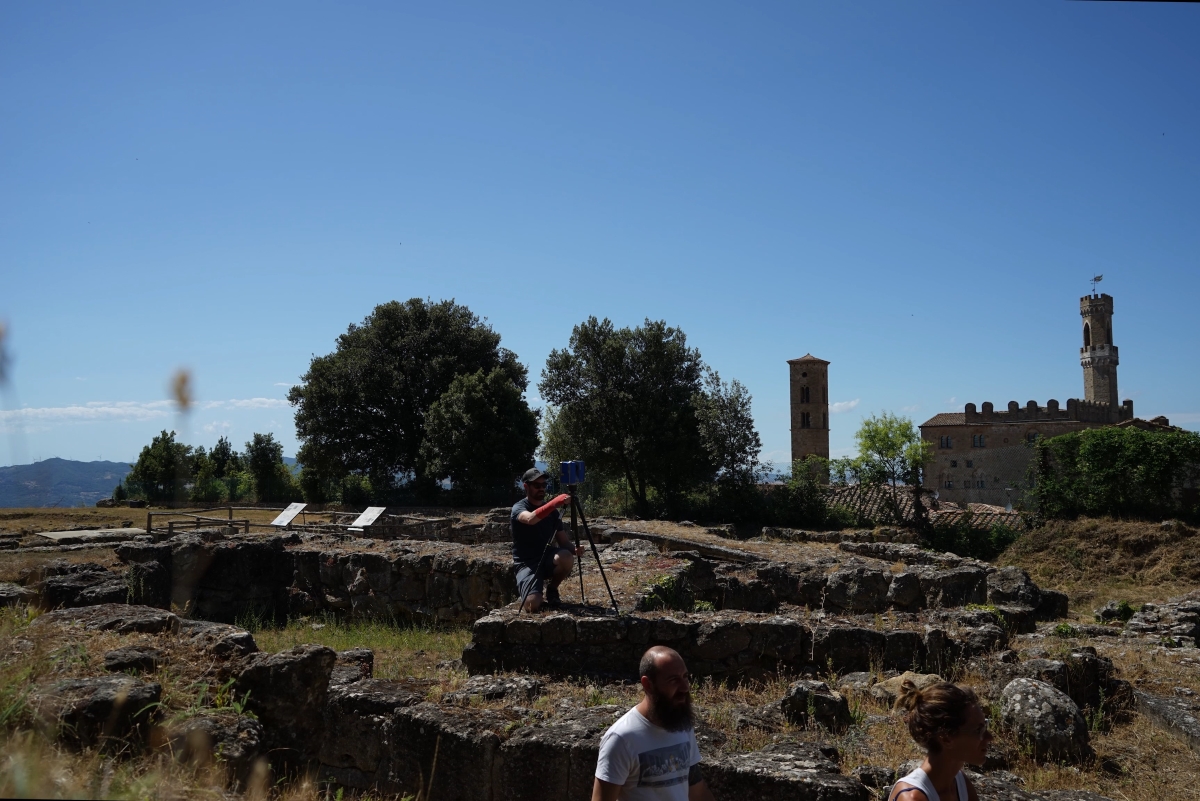
As early as the 6th Century B.C., Volterra was part of the Etruscan League of city states that had a formative influence on the emerging city of Rome, about 100 miles to the south-east. Parts of the city's sacred acropolis district date from that time, including the remains of an Etruscan temple built in the 3rd Century BC.
Joining Rome
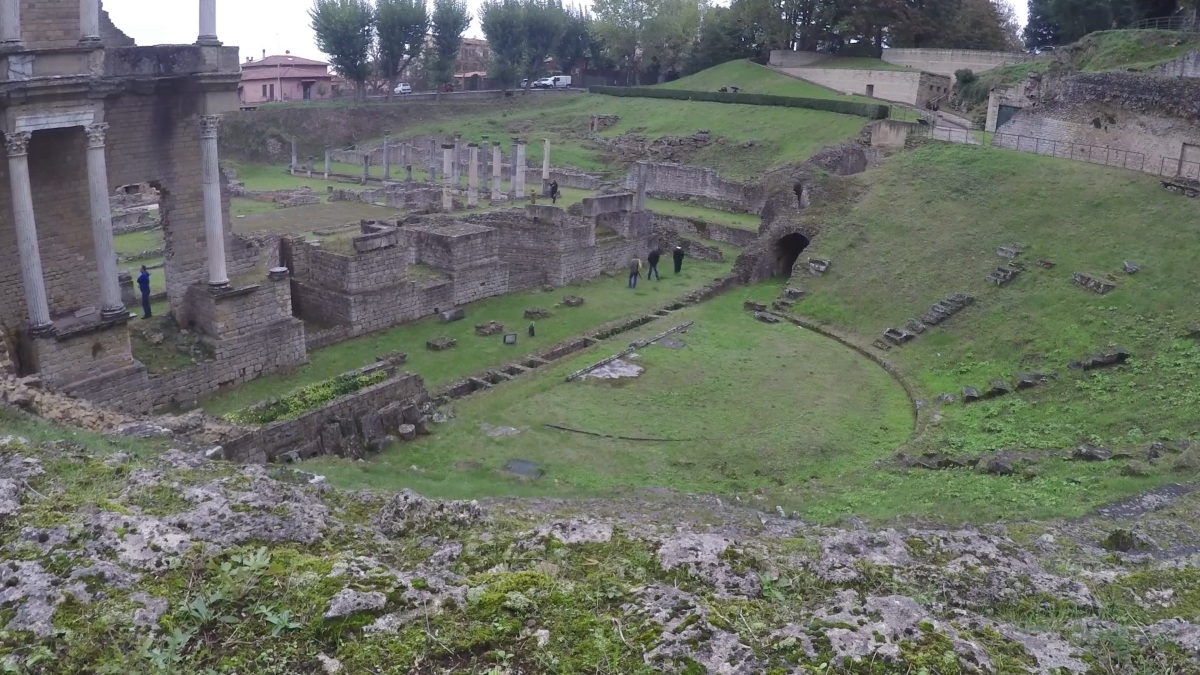
Volterra formed an alliance with Rome in the 3th Century B.C., and thereafter became a distinguished Roman city. Volterra's Roman theater, built in the 1st Century B.C., is one of the best preserved in the world and an architectural ancient wonder.
Tech connects eras
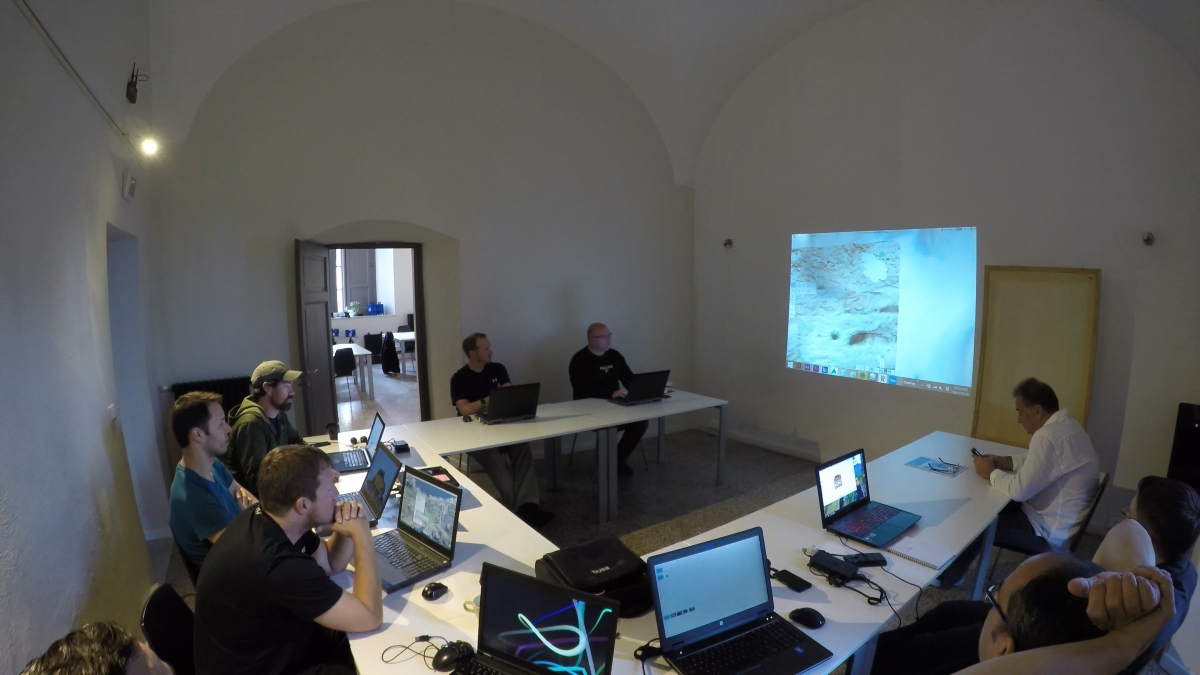
Since 2016 the US software company Autodesk has been working with the Volterra-Detroit Foundation in the U.S. to digitally document the archaeological sites and architectural treasures of Volterra with the latest reality-capture technology and software.
Digitizing the past

The team used three-dimensional laser scanners, aerial drones and other equipment to make precise digital records of about a dozen archaeological and cultural sites in Volterra.
Ancient stores
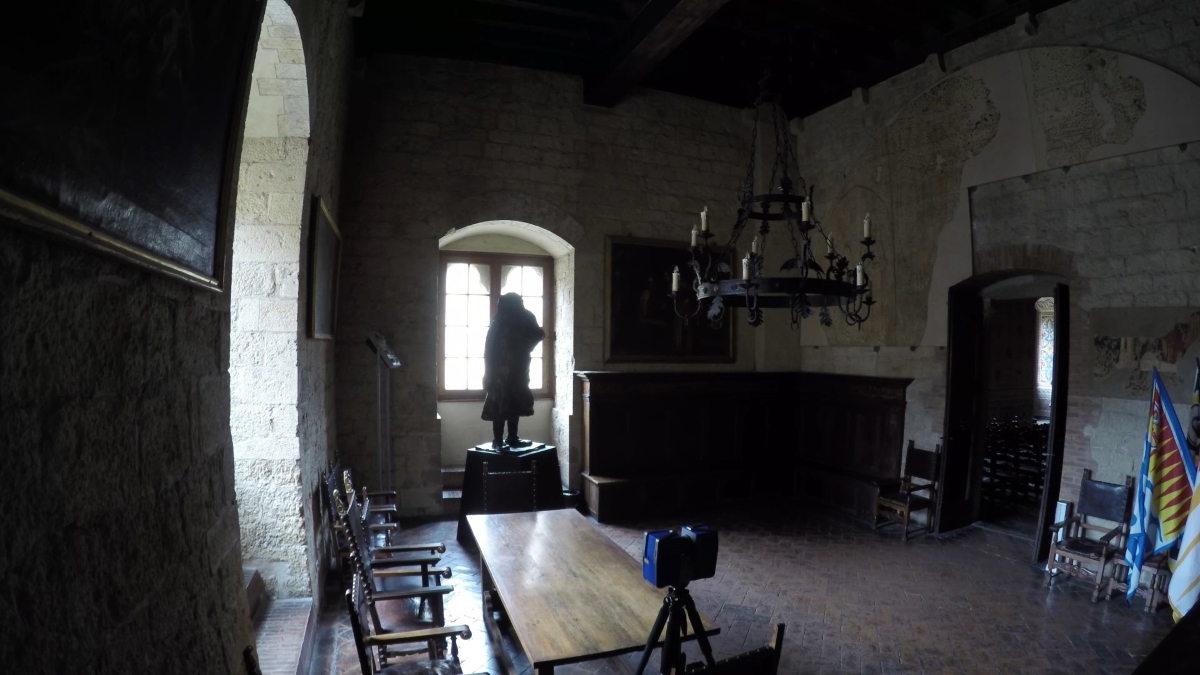
The team also documented the interiors of several historic buildings in Volterra, including the stone town hall, which built in the 12th Century A.D.
Get the world’s most fascinating discoveries delivered straight to your inbox.
High arches
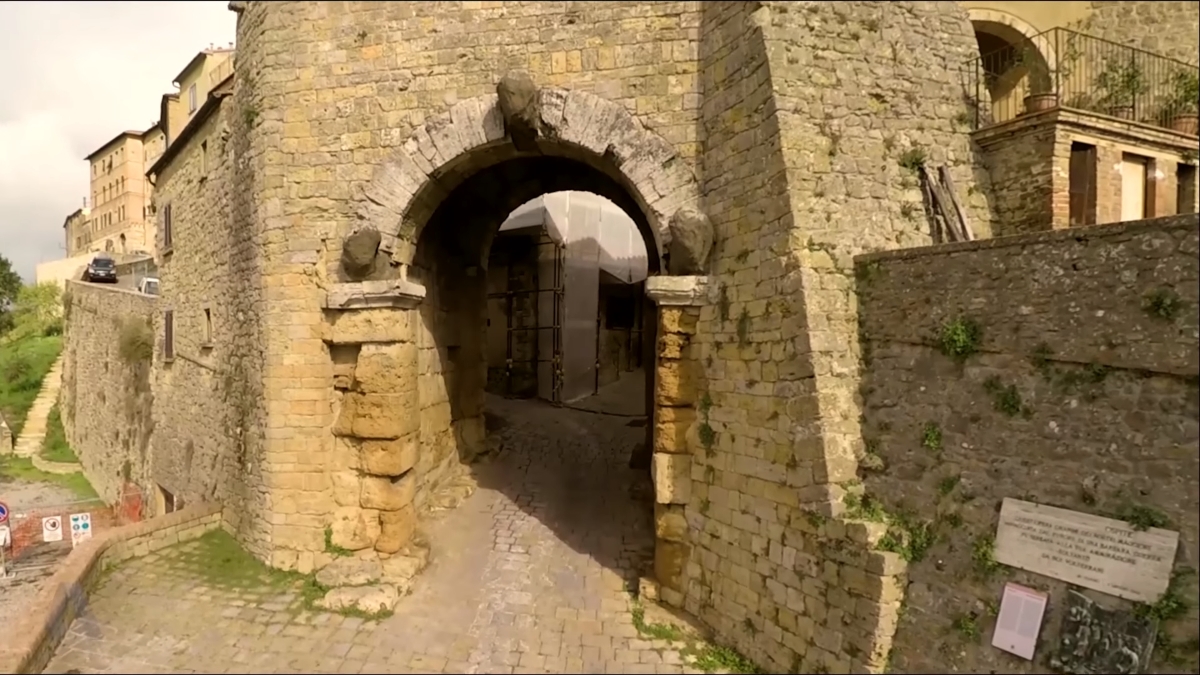
Over the centuries, Volterra has expanded and been rebuilt, and the city that stands today is a layered composite of archaeological and architectural elements.This Etruscan gateway is one of earliest stone arches in history. It was built in the 5th Century B.C, and today it is surrounded by a Medieval stone wall built in the 12th Century A.D.
Roman theater
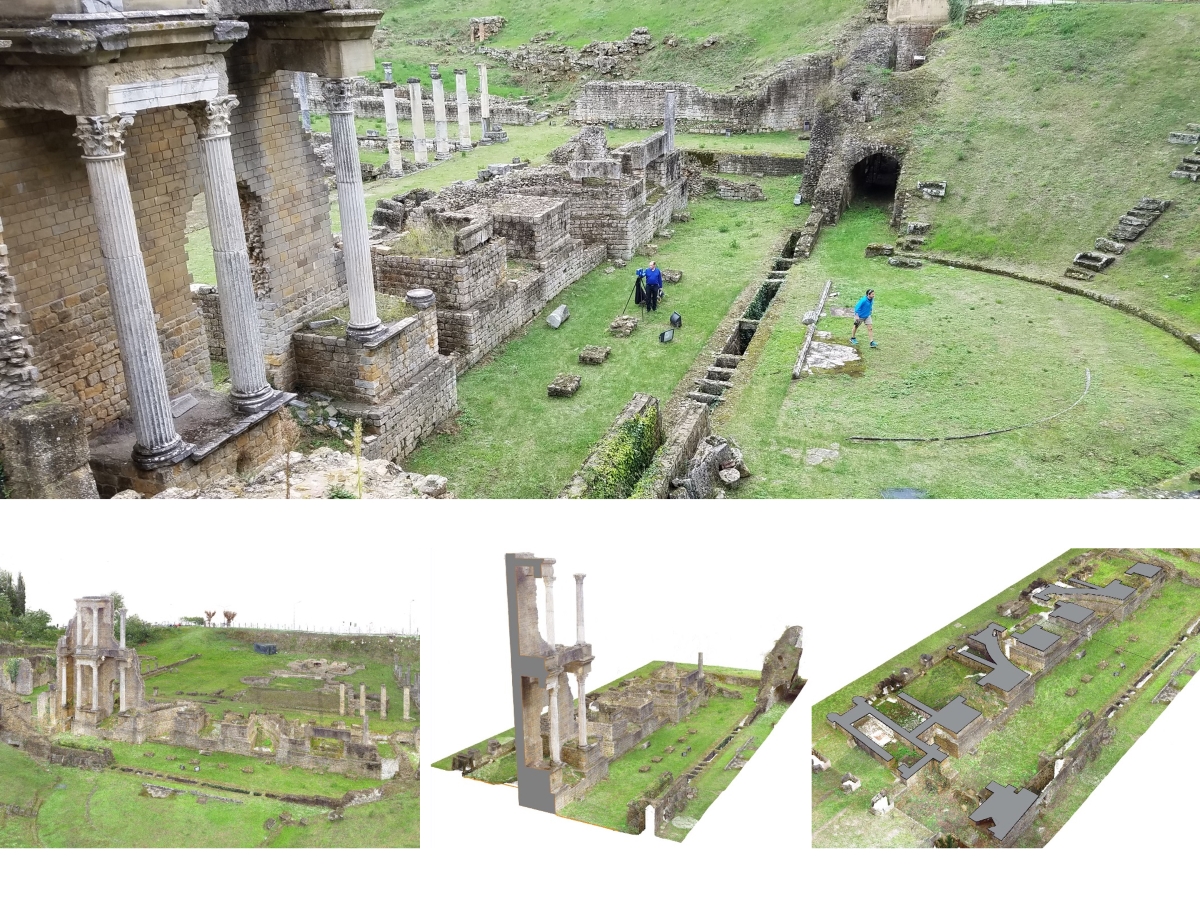
A key part of the collaboration between the Volterra-Detroit Foundation and Autodesk has been to make a precise three-dimensional study of Volterra's famous Roman theater.These highly-detailed digital records used will be used for academic research, to monitor changes in the archaeological sites, and to plan future excavations.
Massive structures

The 3D study of Volterra's Roman Theater has provided new insights into how such massive and elegant stone structures were built in cities throughout the Roman Empire.The theater would have been able to seat up to 3500 people, and during the early Roman period it would have been the hub of social life in Volterra.
But in the 3rd and 4th century it was no longer used as a theater, and a Roman bath with gardens was built in its courtyard.
Tom Metcalfe is a freelance journalist and regular Live Science contributor who is based in London in the United Kingdom. Tom writes mainly about science, space, archaeology, the Earth and the oceans. He has also written for the BBC, NBC News, National Geographic, Scientific American, Air & Space, and many others.


